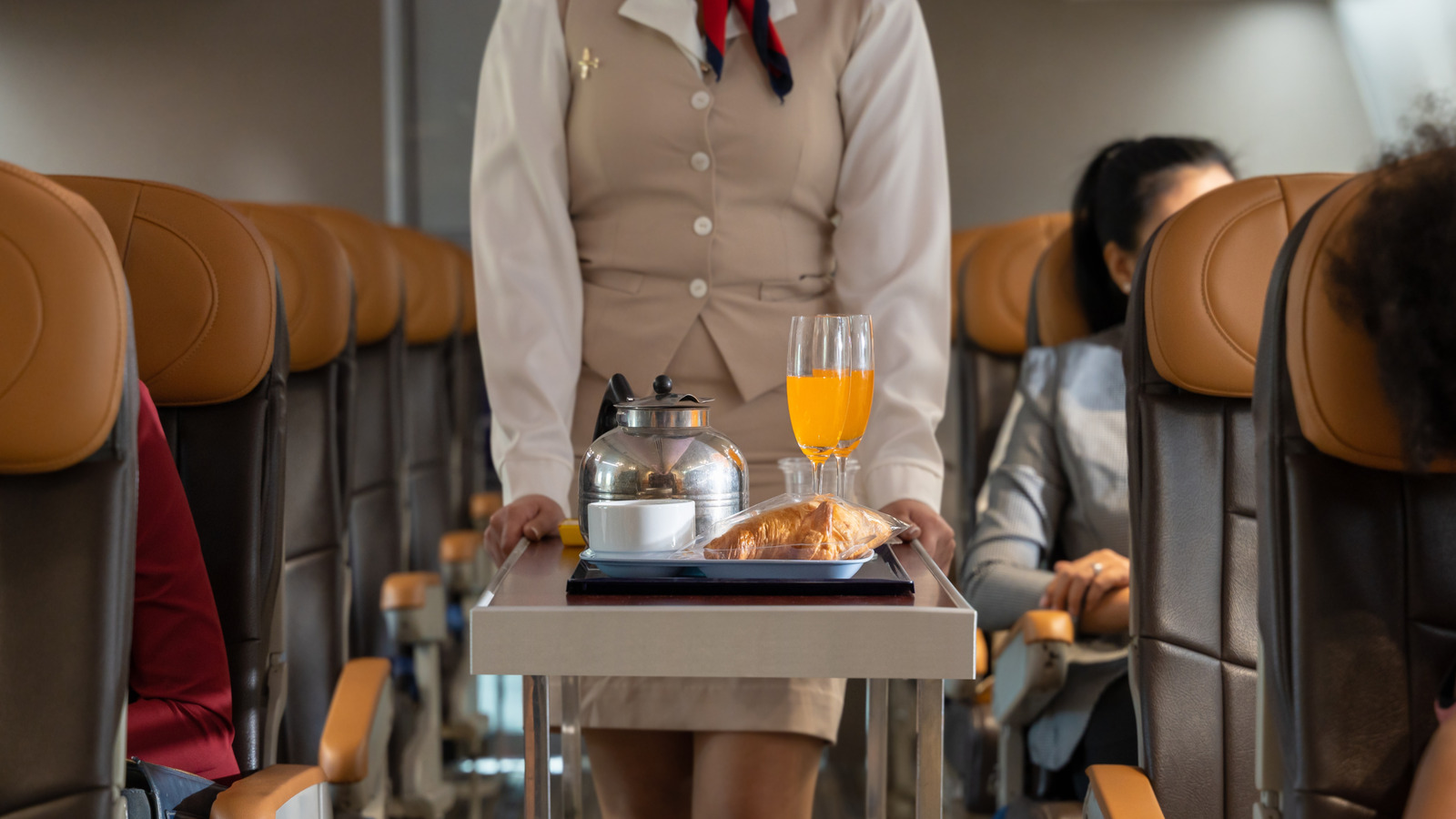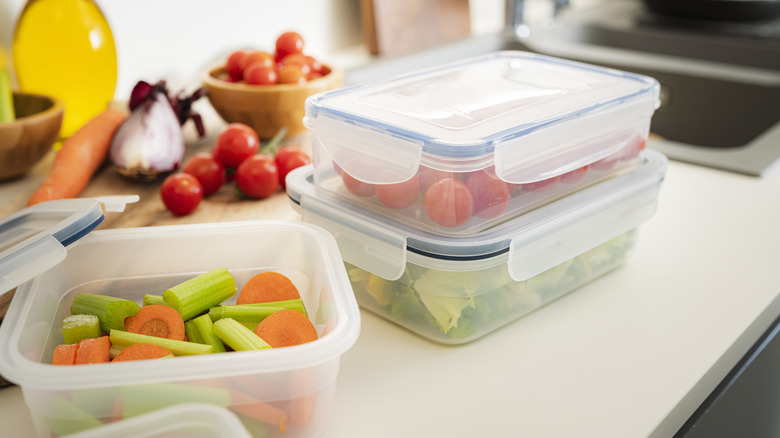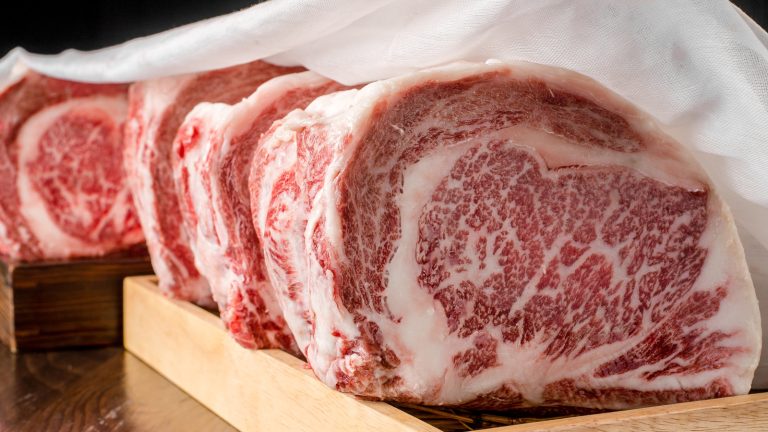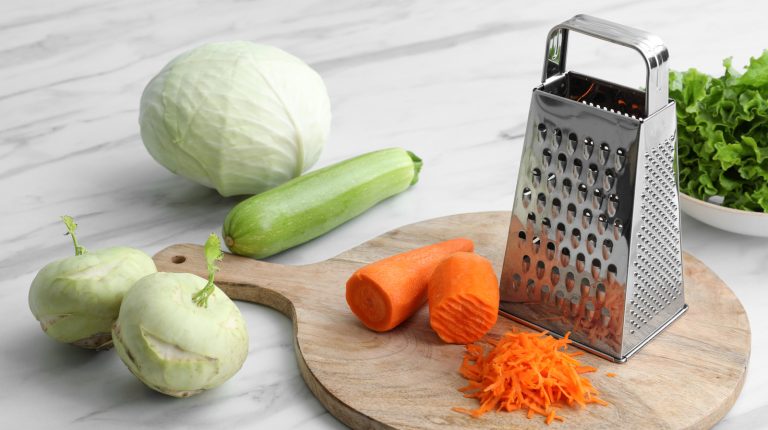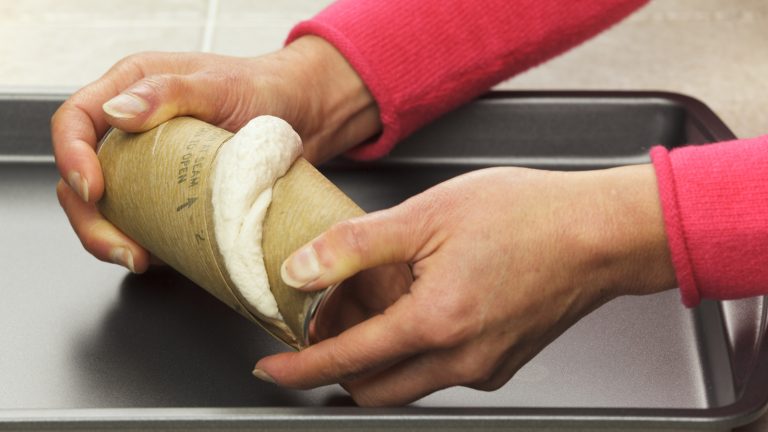We may receive a commission on purchases made from links.
Like you, flight attendants may avoid certain foods on an airplane due to safety reasons, and onboard meals can get repetitive. Buying food before a flight at the airport gets pricey, so packing food is also a solution to saving money on food while traveling. Packing snacks and small meals is common amongst flight attendants, but they face challenges just as regular airline passengers do. The reality is, they often face the same limitations, like the TSA 3-1-1 liquid rule, not having consistent access to refrigeration, and maintaining the quality of food over long flights.
Chowhound spoke with Barbi Walsh, a journalist and veteran flight attendant, to get the scoop on this issue. Walsh has a few things she likes to bring on board. She says, “Personally, I’m not a fan of fast food, so anything like apples, bananas, or homemade sandwiches is fine.”
It’s easy enough to grab fruit from the grocery store and quickly prep a sandwich at home, but this isn’t the challenging part. Walsh states, ” … Packing your food for airline travel isn’t easy, especially if you’re trying not to damage it. Even crew members have a hard time keeping fresh fruit from being damaged.” For example, bananas are a good source of quick energy, fiber, and potassium, and the best part is that they don’t need to be washed; however, a ripe banana can be squished into a sticky pulp if not stored correctly.
Storage and transport tips when bringing food on an airplane
The key to bringing your own food — and keeping it in good condition – is the storage container you use. Plastic zip-top bags are typically spill-proof, relatively affordable, and likely something you already have in your kitchen, but these offer no armor to protect your food from being crushed. Walsh offers a better solution. She says, “If you’re bringing food from home, collapsible, silicone food storage containers are fantastic options for keeping your food smash-proof until you consume it, then taking up little space in your carry-on afterward.”
She has a point — while this choice technically isn’t as sturdy as the rigid plastic containers, they do offer much more protection than a basic plastic bag. If you travel a lot, investing in something like the Sudaya 8 Pack Collapsible Food Storage Containers With Lids may be worth it; the containers have varying sizes and shapes that can be fit into whatever bag you normally travel with.
You might consider bringing foods that hold up against the wear and tear of travel. Walsh likes carrot and celery sticks, and other flight attendants report that homemade protein balls, nuts, nut butter packets, instant oatmeal, hummus, crackers, rice cakes, and cookies work well for snacks. Full meals can be trickier because not all airlines provide access to a fridge, but some flight attendants bring a cooler to store meals like jarred salads or steamed vegetables, rice, and a protein.


